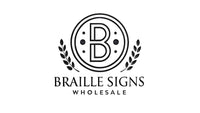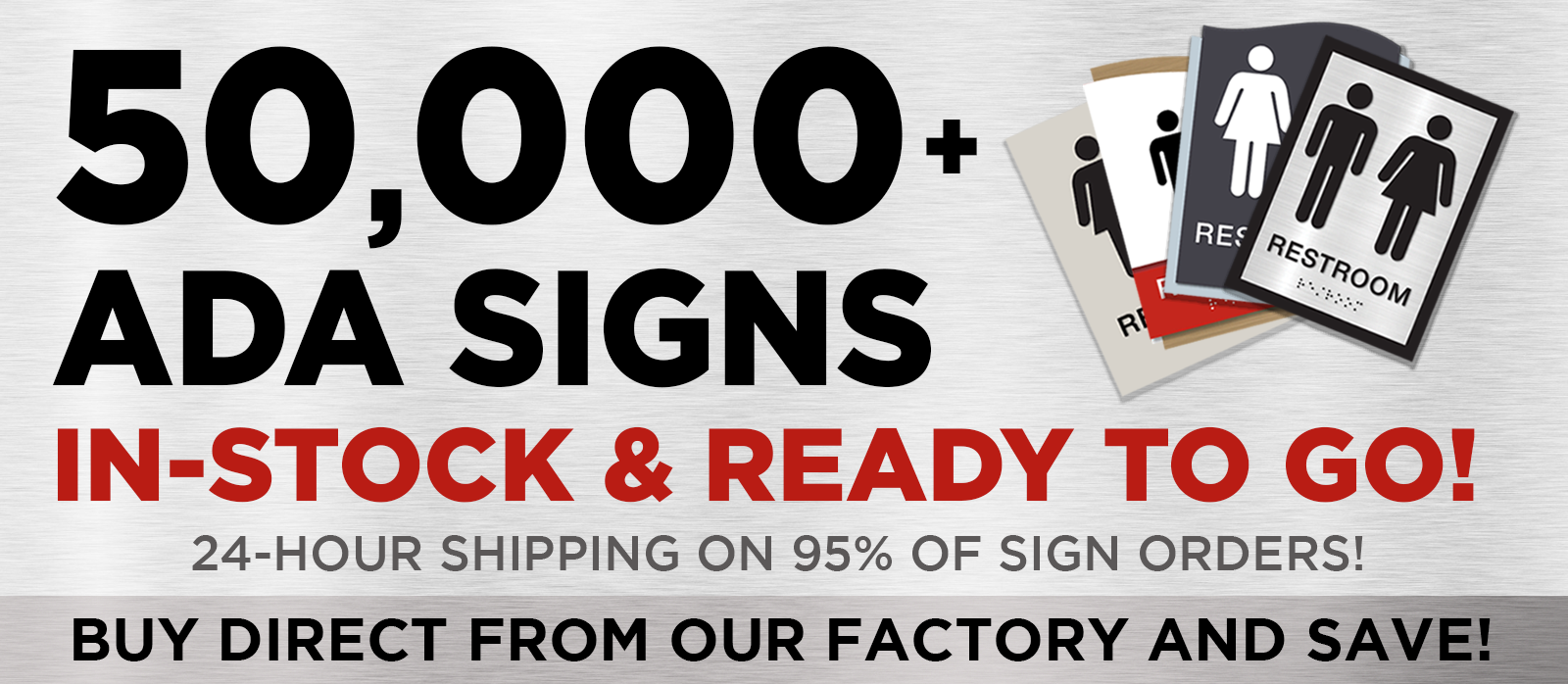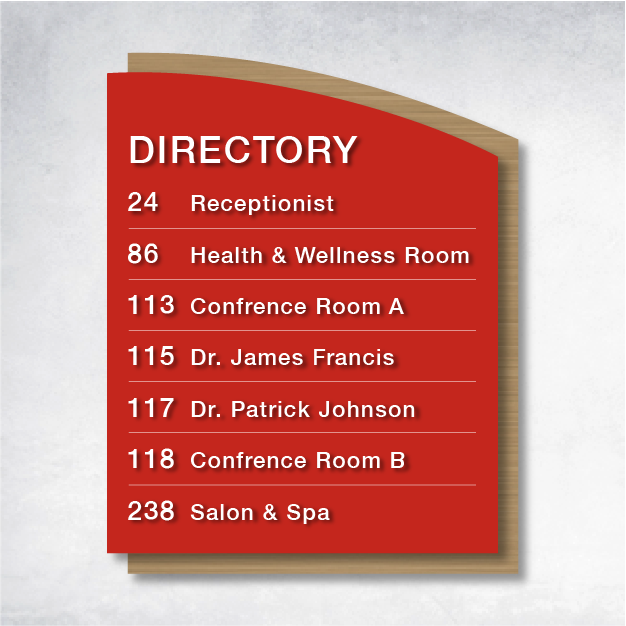Creating a welcoming and inclusive environment in public spaces is more than just a legal requirement; it's a commitment to accessibility for everyone. ADA-compliant signage is a cornerstone of this commitment, ensuring that individuals with disabilities can navigate spaces with ease and independence. By following the Americans with Disabilities Act (ADA) guidelines, businesses can not only meet legal standards but also foster an environment of inclusivity and enhanced user experience for all visitors.
Navigating the Essentials of ADA Signage
The ADA guidelines provide a detailed roadmap for creating signage that is accessible to all. These guidelines highlight the importance of incorporating features such as raised text, braille, and non-glare surfaces. By integrating these elements, businesses can transform their spaces into more accessible and welcoming environments, while also ensuring compliance with legal standards.
The Building Blocks of ADA-Compliant Signs
- Raised Text and Braille: Essential for ADA-compliant signs, tactile characters and braille ensure that visually impaired individuals can access information independently. This feature is crucial for inclusivity.
- Non-Glare Surfaces: To ensure readability under various lighting conditions, ADA signs should have non-reflective surfaces. This is especially important for individuals with visual impairments who depend on clear visibility.
- High Contrast: A high color contrast between text and background enhances readability for individuals with low vision, making it a vital component of ADA signage requirements.
Staying on the Right Side of ADA Standards
- Conduct Regular Audits: Regularly reviewing signage against current ADA guidelines is essential. Resources like the ADA Checklists for Existing Facilities can be invaluable for thorough audits.
- Timely Updates: Stay proactive by updating signage to reflect any changes in ADA requirements or business layouts, ensuring ongoing compliance.
- Professional Consultation: Collaborate with ADA compliance experts to ensure all signage meets legal standards. This not only prevents costly legal issues but also enhances accessibility.
Your Handy ADA Compliance Checklist
- Confirm that all signs feature raised text and braille.
- Ensure surfaces are non-glare and offer high contrast.
- Verify that signs are mounted at the correct height, typically 48 to 60 inches from the floor.
- Make sure directional signs are strategically placed at key decision points within the facility.
Pitfalls to Sidestep in ADA Signage
- Incorrect Installation Heights: Signs that are mounted too high or too low can be inaccessible to individuals in wheelchairs.
- Inadequate Contrast: Poor color contrast can render signs unreadable for those with visual impairments.
- Missing Braille or Raised Text: Neglecting tactile elements can exclude visually impaired individuals, undermining accessibility efforts.
Dive Deeper with Additional Resources
A Step Toward Inclusivity
Making public spaces accessible to all is a vital stride toward inclusivity. By adhering to ADA guidelines for signage, businesses can create environments that are not only legally compliant but also welcoming to everyone. Regular audits and updates, coupled with a solid understanding of ADA signage requirements, can help avoid common mistakes and enhance accessibility. Engage with these resources and take proactive steps to ensure your signage is both compliant and inclusive, paving the way for a more accessible world.









